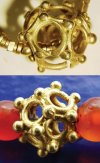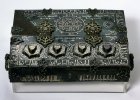malins
Stumbling Seeker
Anyway ... something else.
Roman dodecahedrons! ... hollow mystery objects, usually cast in bronze, over a hundred of them have been documented since the 18th century, their origin is attributed to the first to fourth centuries AD.
Almost all of them have a surprising set of conserved features over this time ... the knobs at the vertices, the presence of circular holes, and the fact that (in almost all cases) the holes are obviously deliberately sized differently in relation to the faces.

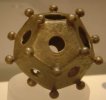
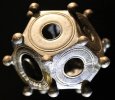
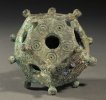
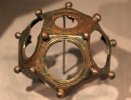
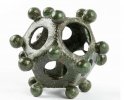
What is variable is their size, they are generally described as an object that will fit in the hand, roughly from 4 to 11 cm in diameter.
And there is also one example of an icosahedral shape that's similar, and has only two holes in it ... and there are some intsances of the dodecahedral shape were the holes are apparently all the same size. What is an absolute requirement seems to be, having a roundish knob/peg at each vertex. I haven't found unknobbed examples, or ones where there were spikes or rods, instead of rounded knobs.
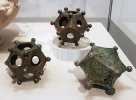
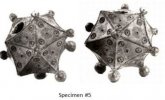
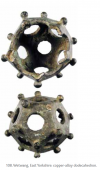
They are usually found in the northern areas of the Empire (modern day Germany, France, Britain especially) but there doesn't seem to be evidence of them existing there in pre-Roman times.
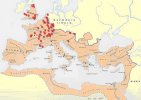
There isn't any generally accepted idea what they were good for; the easy route to go is of course "duh it's a ritual object", it's been suggested they might have been used for rangefinding, coin testing, astronomical purposes etc. or more down to earth practical applications, such as a knitting or weaving tool.
Maybe it's an ancient fidget spinner though.
Any measurement tool idea needs to take into account the widely varying size, and while some are very precisely shaped, others are more crude.
They will definitely work to measure out portions of spaghetti ...
some links ... https://www.historicmysteries.com/roman-dodecahedron/
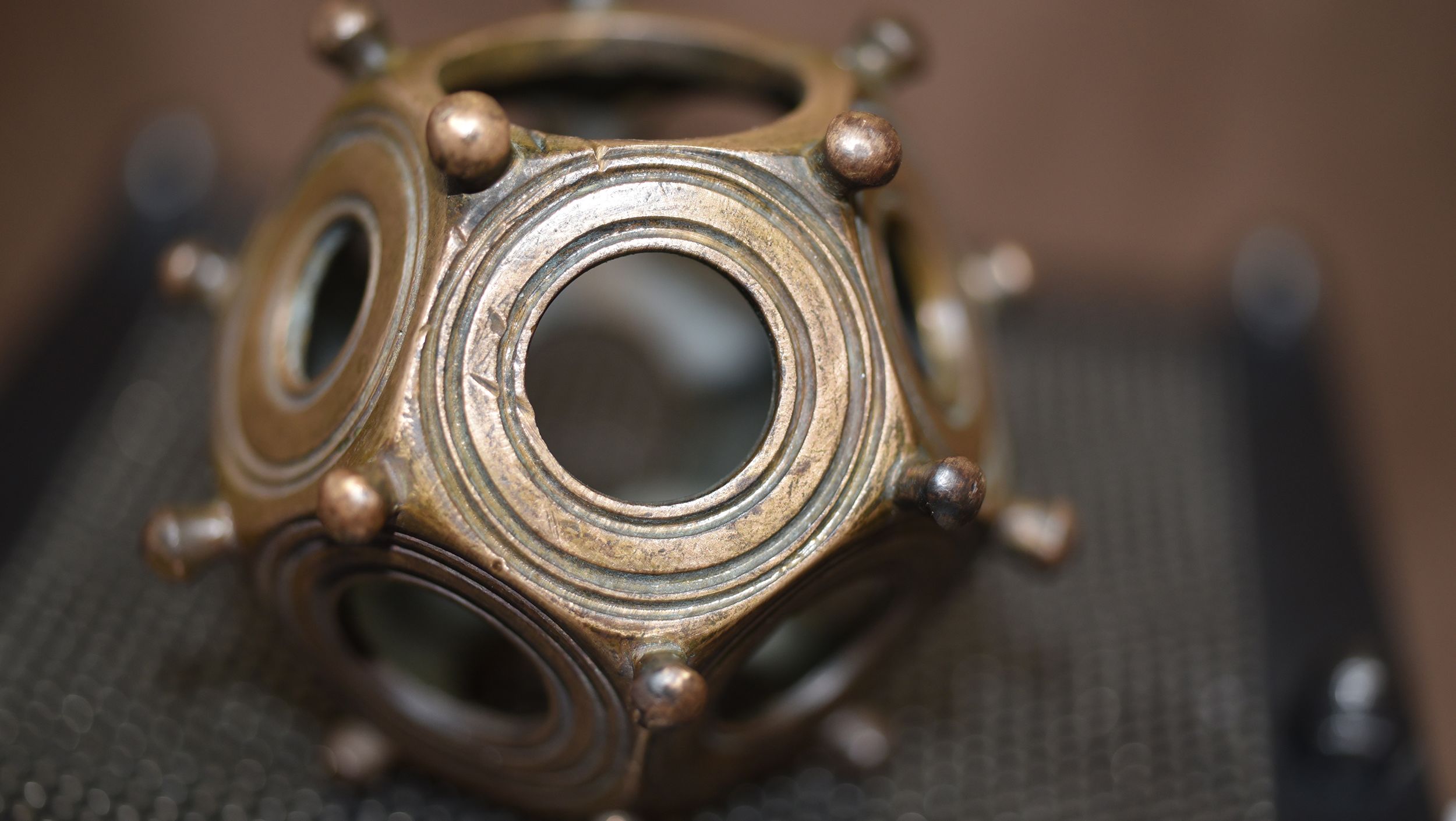
 www.mentalfloss.com
www.mentalfloss.com
Roman dodecahedrons! ... hollow mystery objects, usually cast in bronze, over a hundred of them have been documented since the 18th century, their origin is attributed to the first to fourth centuries AD.
Almost all of them have a surprising set of conserved features over this time ... the knobs at the vertices, the presence of circular holes, and the fact that (in almost all cases) the holes are obviously deliberately sized differently in relation to the faces.






What is variable is their size, they are generally described as an object that will fit in the hand, roughly from 4 to 11 cm in diameter.
And there is also one example of an icosahedral shape that's similar, and has only two holes in it ... and there are some intsances of the dodecahedral shape were the holes are apparently all the same size. What is an absolute requirement seems to be, having a roundish knob/peg at each vertex. I haven't found unknobbed examples, or ones where there were spikes or rods, instead of rounded knobs.



They are usually found in the northern areas of the Empire (modern day Germany, France, Britain especially) but there doesn't seem to be evidence of them existing there in pre-Roman times.

There isn't any generally accepted idea what they were good for; the easy route to go is of course "duh it's a ritual object", it's been suggested they might have been used for rangefinding, coin testing, astronomical purposes etc. or more down to earth practical applications, such as a knitting or weaving tool.
Maybe it's an ancient fidget spinner though.
Any measurement tool idea needs to take into account the widely varying size, and while some are very precisely shaped, others are more crude.
They will definitely work to measure out portions of spaghetti ...
some links ... https://www.historicmysteries.com/roman-dodecahedron/

The Mysterious Bronze Objects That Have Baffled Archaeologists for Centuries
They've been discovered at Roman-era sites, but no one knows what they're for.




